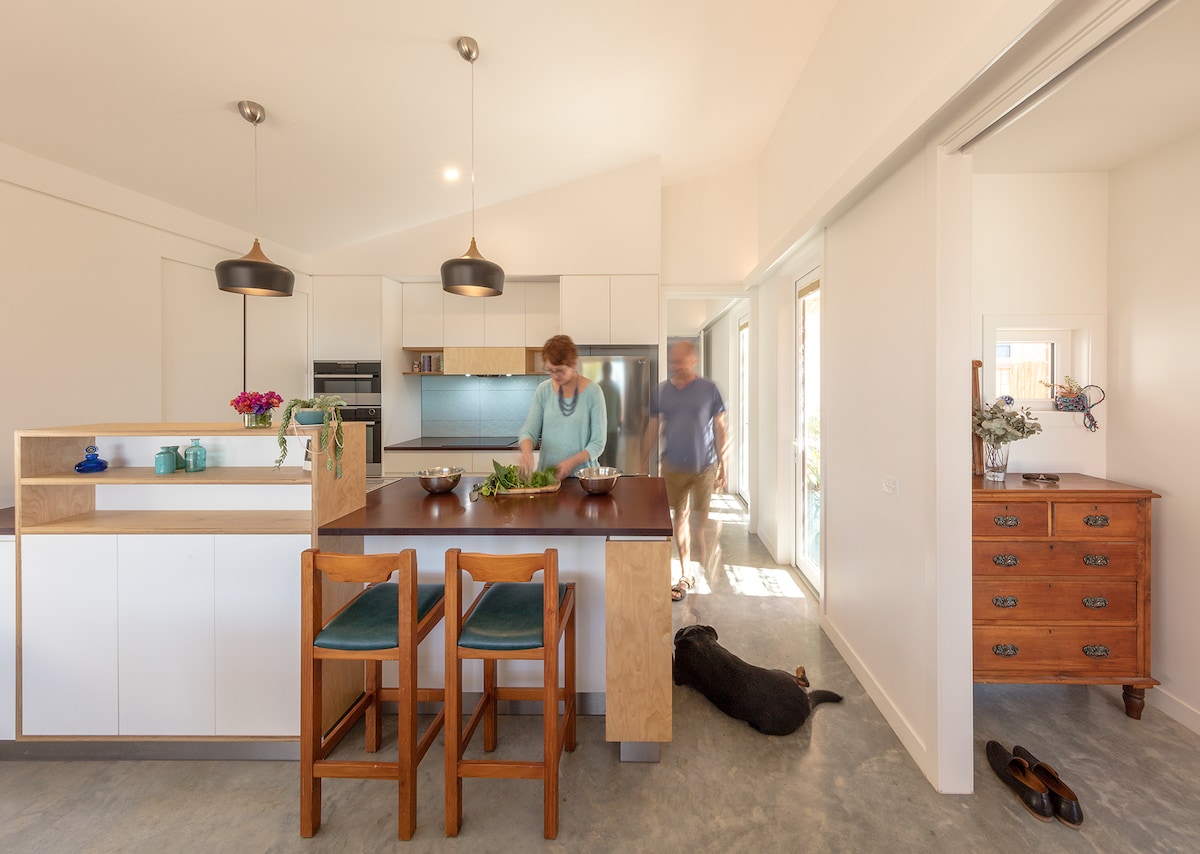Tim also advises checking star ratings whenever you decide to upgrade your appliances. “Head to energyrating.gov.au to compare washing machines, fridges and some air-conditioners,” he suggests.
If you’re ready to replace your hot water system, Tim recommends looking at heat pumps.
“It’s basically a reverse cycle air-conditioner that can heat your water, and it’s low cost to operate. Our heat pump comes on at 11am, and runs for about two hours to make sure the 300-litre tank is full of hot water. Then it’s good for 24 hours or more. If you’re using solar PV energy, it’s the cheapest hot water in the world.”
Heat pumps don’t have star ratings yet, but you can check their small-scale technology certificates (STCs) to work out which one is more efficient for your needs. It can be worth paying a little extra for a more efficient model, as you’ll save in the long run.
And that’s what future-proofing your home is all about. Understanding what’s coming next, and investing for the long-term. You’ll be more comfortable throughout the year straight away, and you may even add value to your home for the future.
Article’s feature image supplied by Light House Architecture and Science, photographer Ben Wrigley.






